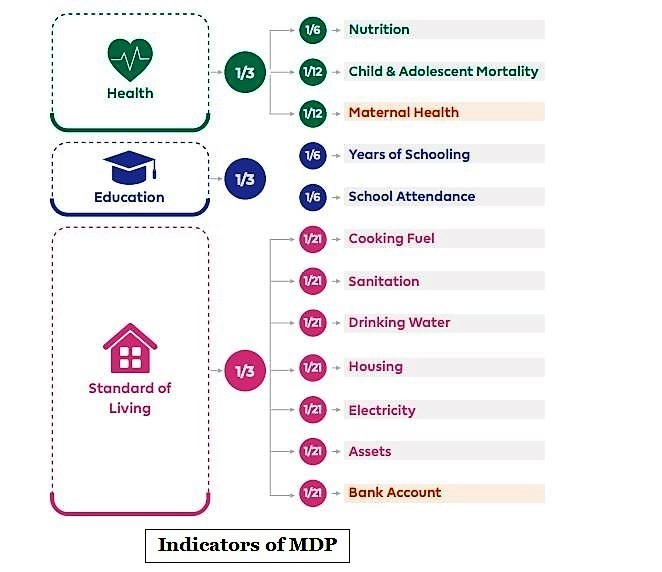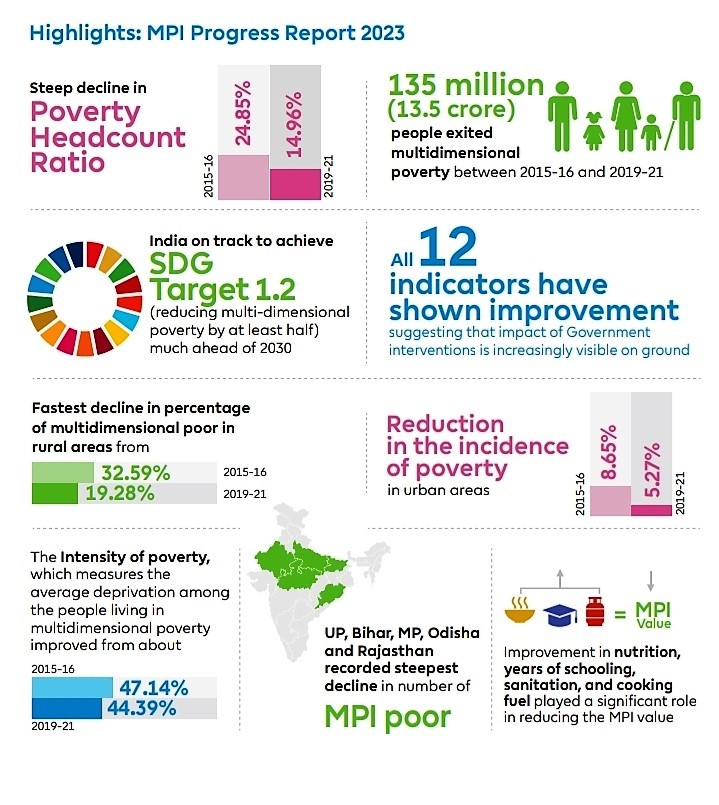7667766266
enquiry@shankarias.in
Recently, Niti Aayog has released a report titled “National Multidimensional Poverty Index: A Progress Review 2023”.

